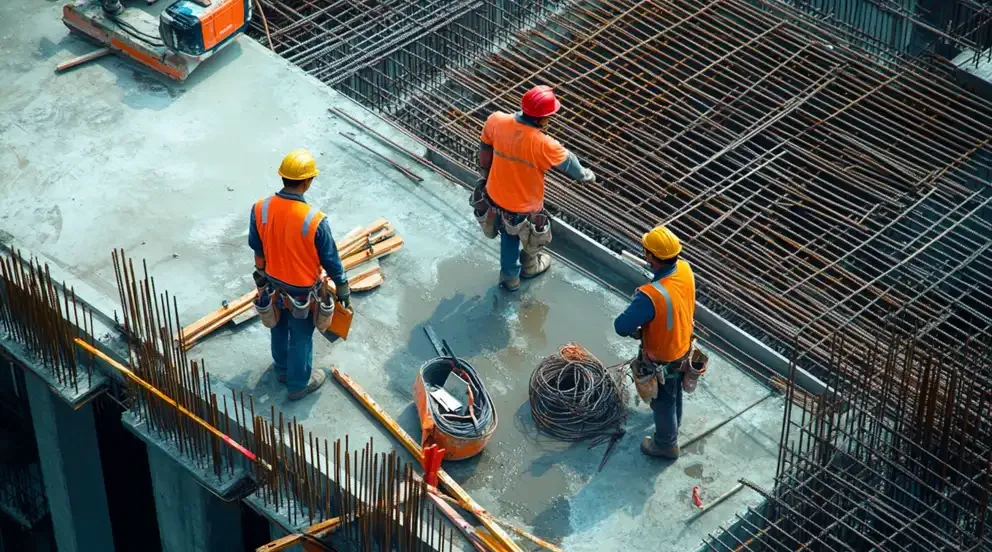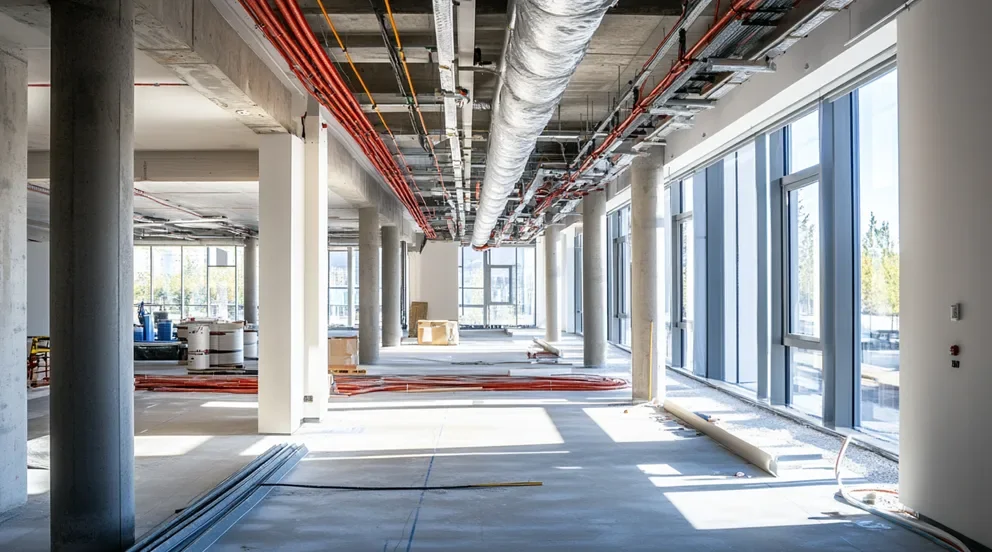A plumbers receipt is a document provided after the completion of plumbing services, summarizing the work performed and the total costs incurred. Detailed within it are components such as part names, hours worked, service charges, and any taxes or additional fees. This receipt stands as an immediate record of the transaction between the plumber and the client, offering an item-by-item tally of services rendered and thus ensuring transparency.
Additionally, a plumbers receipt may act as an official proof of payment for the customer, while serving as an essential tool for bookkeeping and accounting purposes for the service provider. A structured and meticulously crafted receipt can also aid in warranty claims or support any potential future disputes that may arise regarding the plumbing services that have been performed.
Essential to any professional plumber’s service, the receipt not only confirms completion and payment, but equally enables consumers to comprehend exactly what they’re being charged for. It often includes the business details of the plumber or plumbing company, providing an additional layer of professionalism and brand reinforcement in the customer’s perception.
Content:
- Plumbing Essentials: Breaking Down the Costs in a Plumber’s Receipt
- Interpreting Plumbers’ Receipts: Unfolding Hidden Abstracts & Understanding Charges
- Written in Pipe Slang: A Guide to Understanding Plumbers’ Bills
- Invoice Evaluation: Decoding Your Plumbing Receipt with Size
- Finding Value in the Fine Print: A Comprehensive Insight into Plumbers’ Invoices
In the maze of modern services, the importance of documentation has never been more pronounced. For homeowners and businesses alike, understanding the purpose and value brought forth by something as apparently mundane as a plumber’s receipt can lead to an enhanced service experience. As instances when one might need plumbing services are not uncommon, knowing what entails these documents can empower consumers during such transactions.
A good plumber does more than fix pipes and unclog drains; they bring transparency and reliability to the client through definitive paperwork like a receipt. Our confined narrative today delves into why plumbers’ receipts matter, highlighting their pivotal role in ensuring customer satisfaction and accountability. Much like the veins and arteries of our homes and establishments, these receipts inconspicuously but crucially maintain the lifeblood of trust in the marketplace.
Dissecting a plumber’s receipt provides homeowners with fundamental insights into what they should expect post-service. Commerce, much like a seamless set of pipes, relies on a toolbox of legal accessories to remain afloat. This article invites readers to explore the intricate role receipts play in bolstering consumer rights, promoting honest exchanges, and forming resilient records that help nurture long-lasting relationships between customers and service professionals.
Plumbing Essentials: Breaking Down the Costs in a Plumber’s Receipt
When reviewing a plumber’s receipt, it’s crucial to parse the document for labor costs, which often constitute the bulk of the expense. Labor rates can vary significantly, influenced by the plumber’s experience and regional cost indices. The breakdown usually reflects hours worked, multiplied by an hourly rate, which might include travel time to and from the job site. Thorough scrutiny is essential to ensure the reported hours align with the work performed.
Material charges are another key component on plumbing receipts. These charges cover the cost of pipes, fittings, fixtures, and any necessary consumables used during the repair or installation process. Prices for materials can fluctuate based on quality and brand, so it’s important to note if the plumber is using premium products or more cost-effective alternatives. This distinction directly impacts the overall cost and longevity of the plumbing work.
A clear itemization of additional charges should also be present. This includes fees for urgent service calls or extra charges for work done outside regular business hours. Some plumbers might also bill for diagnostic tests or inspection services. Customers should confirm that they understand what each extra fee represents and why it was necessary for the job’s completion.
Understanding permit and disposal fees often included in plumbing receipts is vital. Permits are sometimes required for significant plumbing work to ensure compliance with local building codes. These costs are generally passed on to the customer. Disposal fees cover the proper removal of old materials or fixtures, which the plumber is responsible for transporting and disposing of in an environmentally responsible manner.
The final part of a plumber’s receipt to review is the overall summary. This section should plainly state the total cost, combining labor, materials, and any additional fees. It’s important to cross-check that the math adds up and that there are no unexplained charges. Some plumbers offer discounts or warranties that should also be visible on the receipt, guaranteeing the customer’s right to follow-up services if issues arise post-repair.
Written in Pipe Slang: A Guide to Understanding Plumbers’ Bills
Navigating a plumber’s invoice can feel like interpreting a foreign language. To crack this “pipe slang,” begin with an understanding of labor charges. These fees account for the time a plumber spends on tasks, often itemized into fractional hour blocks. An accurate and justifiable account of the time spent is essential to validate the charge, though it can sometimes be rounded up to the nearest half-hour.
Materials and supplies offer their own set of unique plumbing lingo on the invoice. Each pipe, joint, sealant, or fixture carries a specific cost, denoted with shorthand specific to the plumbing trade. Understanding the cost implications of these often bewildering material codes necessitates a sharp eye and possibly a quick consult with the service provider for clarification.
Receipts can be littered with additional fees, which might initially appear perplexing. These can range from trip charges, reflecting the distance and time a plumber travels, to fees for specialized tools required for certain tasks. Each of these supplementary charges has its purpose and place, and customers would be wise to query any mysterious or unexpounded fees for clear and full disclosure.
Each plumbing job’s legal and regulatory facet is represented through permit fees and waste disposal charges that clients often overlook. These costs underline the necessity of compliance with regulations and the responsibility to properly dispose of replaced materials. Transparency regarding these fees is crucial for customers’ peace of mind and understanding of their adherence.
The journey concludes with the total summary section, where all the assorted costs find their harmony. Here, labor, materials, surcharges, and legally appended costs coalesce into the grand total. Variances in the sum should be accounted for, including any special offers or guarantees provided by the plumber. A meticulous appraisal of this portion can assure clients of the integrity of their plumbing bill and the services rendered.
Invoice Evaluation: Decoding Your Plumbing Receipt with Size
Dissecting a plumbing invoice accurately requires attention to the breakdown of costs. Labor charges lead the receipt, often reflecting the majority of the amount due. These rates mirror the time commitment and expertise the plumber invests in resolving the issue, typically based on per-hour pricing. Gauging the fairness of labor charges hinges on correlating them with the time efficiency and work complexity.
Materials represent the physical components used to rectify plumbing troubles, often translating into a lengthy list on the invoice. Identifying each fitting, seal, or pipe utilized and their individual costs can be laborious but necessary. Confirming that the applied materials align with the job’s demands ensures clients are not overcharged for unnecessary or overpriced items.
Surmounting additional fees can occasionally baffle clients scrutinizing their plumbing invoices. These fees encompass service call premiums, weekend work surcharges, or heavy equipment use. Each additional expense should come with a coherent explanation, providing visibility into the receipt’s total size. Clients have the right to an itemized billing explaining each extra cost.
The invoice should include environmental and regulatory compliance costs, such as permit acquisition or disposal fees. These less apparent expenses signify the plumbing work’s legal and environmental diligence. Clients should appreciate these fees’ importance and factor them into their overall service valuation.
The final tally on the plumbing invoice should itemize every cost in a clear, well-structured summary. Here, labor, materials, and extra fees—even those for compliance purposes—merge to form the total payment due. The complete summary should offer transparency, facilitate client comprehension, and ensure that the charge correlates with the size and scope of the plumbing service provided.
Finding Value in the Fine Print: A Comprehensive Insight into Plumbers’ Invoices
Plumbers’ receipts encompass various cost elements that necessitate careful analysis to understand. At the forefront are labor charges that form the lion’s share of the invoice. The labor cost reflects the time and skill required to complete the job, often based on an hourly rate. It’s essential to ensure the labor hours claimed on the receipt accurately reflect the job’s duration.
The materials segment of the invoice details supplies and components required for the plumbing job. These costs can range from major fixtures to minor seals and gaskets, with prices varying based on the quality and brand. Clients should assess whether the materials listed—and their costs—are consistent with the job’s requirements.
Ancillary charges often present complexity within a plumber’s billing statement. These may include emergency service rates, travel fees, or extra costs for expedited services. To discern their value, customers should seek clarity on these additional charges’ purpose and necessity, ensuring they reflect services that were indeed essential to the plumbing work.
Regulatory and environmental adherence can incur fees often itemized on invoices as permit or disposal costs. Permits ensure that plumbing work meets local code standards, while disposal fees cover the environmentally safe disposal of old fixtures and waste. Clients should recognize the importance of these fees, as they attest to the service’s compliance and environmental consciousness.
Parsing the fine print of a plumbing invoice culminates in the total summary, a crucial element illustrating the complete financial commitment. This summary ties together labor, materials, additional fees, discounts, permits, and disposal costs into the final amount due. An inclusive and coherent summary provides transparency and justification, ensuring clients can confidently appreciate the value they receive from their plumbing services.



